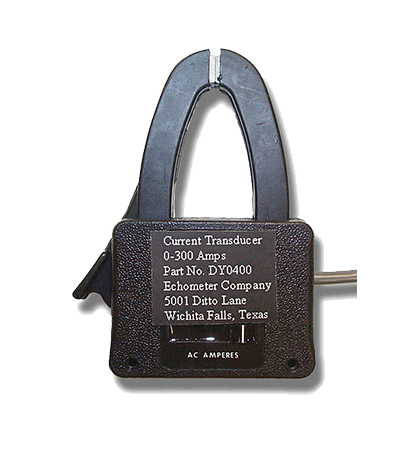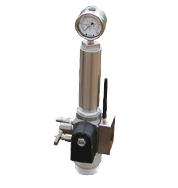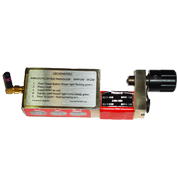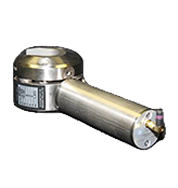Echometer Current Transducer

Overview
A current transducer is used to measure motor current. This allows the operator to view the approximate loadings on the motor and determine whether the pumping system is rod heavy or counterweight heavy.
The motor current data is mathematically processed to determine motor loading. The thermal amps calculated from the current measurement are compared to the rated motor current. This indicates the loading of the wiring within the motor and is an excellent indication of motor overheating problems and electrical overload problems.
Measurement of the motor current allows an operator to analyze and view the motor current usage on the upstroke and downstroke. The measurement of motor current is a fairly good indication of pumping unit balance, but it can also be misleading. Pumping unit motors can be driven past synchronous speed that will generate power and current and indicate high current flow. This could be misleading to a person in the field who is attempting to balance a pumping system and believes that the high current flow indicates high power consumption. The power-current transducer (discussed in a separate section) measures both power and current which automatically compensates for this problem. The power-current transducer is a much more accurate technique for properly balancing wells. However, the current transducer is easy to install and offers motor loading and approximate gearbox balance with minimum effort.
The current transducer consists of one compact device that is easily clamped around one of the insulated wires in the control panel that goes to the motor. The control panel wires do not need to be removed or changed in any way.

Key Features
- Easy to install
- Does not require that wires be moved or changed to install transducer
Specifications
- 5" x 2" x 1"
- 600V CAT III
- 300V CAT IV
- 200 amp
- Comes with a 50' cable
Documentation
Related Products
Well Monitoring Equipment used frequently with the Current Transducer

Wireless Remote Fire Gas Gun

Wireless 5000 PSI Gas Gun

Wireless Polished Rod Transducer

Wireless Horseshoe Transducer

